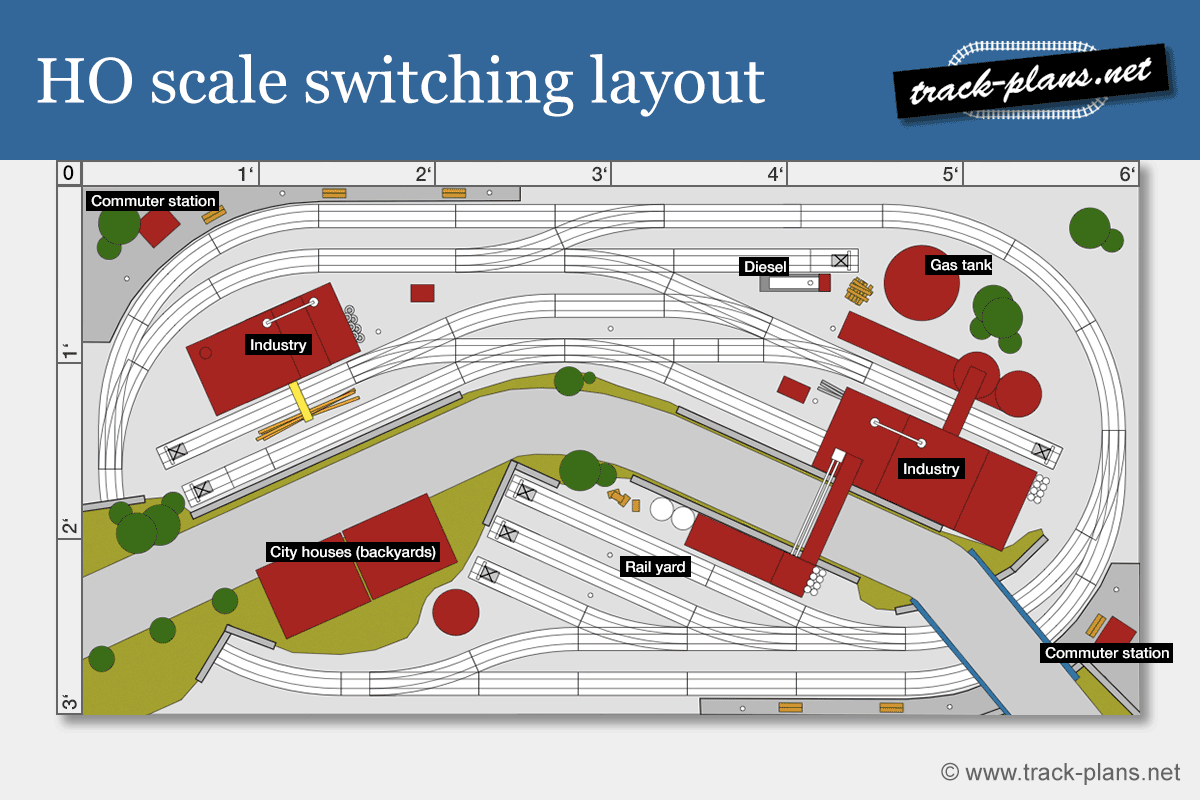
Mapping Resilience: Unearthing Ho-Chunk Nation’s Historical Lands in Wisconsin
Wisconsin, a state renowned for its picturesque landscapes, dairy farms, and vibrant cities, holds a much deeper, older story etched into its very soil. It is the ancestral homeland of the Ho-Chunk Nation, also known historically as the Winnebago. For anyone seeking to understand the true depth of Wisconsin’s heritage, or for travelers eager to connect with the land beyond its surface beauty, a historical map of the Ho-Chunk Nation’s territories is not just a document – it’s a living testament to identity, resilience, and a profound, enduring connection to place. This article delves into the significance of these maps, exploring the history, identity, and the compelling narrative they unfold for both the curious traveler and the dedicated student of history.
The Ho-Chunk Nation: People of the Big Voice
To truly appreciate a historical map of Ho-Chunk lands, one must first understand the people themselves. The Ho-Chunk, meaning "People of the Big Voice" or "People of the Sacred Voice," are an Indigenous nation with an unbroken connection to what is now Wisconsin, dating back thousands of years. Unlike many other tribes in the region who migrated from elsewhere, archaeological and oral traditions firmly establish the Ho-Chunk as an autochthonous people, meaning they originated from this very land. Their traditional territory was vast, encompassing much of central and southern Wisconsin, extending into parts of Illinois, Iowa, and Minnesota.

Before European contact, the Ho-Chunk were a semi-nomadic people, adept at hunting, fishing, and cultivating crops like corn, beans, and squash. Their sophisticated social and political structures, rich spiritual beliefs, and intricate clan systems formed the bedrock of a thriving society deeply intertwined with the natural world around them. The rivers, lakes, forests, and prairies of Wisconsin were not merely resources; they were relatives, imbued with spiritual significance and essential to their cultural identity.
The Power of Indigenous Land Maps: More Than Just Geography
A historical map of Indigenous lands, particularly for the Ho-Chunk, serves multiple crucial purposes beyond simply showing geographical boundaries.
Firstly, it is a powerful tool for historical accuracy. It challenges the often-Eurocentric narratives of "discovery" and "empty lands," revealing a vibrant, occupied landscape long before European arrival.

Secondly, these maps are vital for understanding identity. For the Ho-Chunk, their land is not just property; it is fundamental to who they are – their language, ceremonies, oral traditions, and even their clan system are rooted in specific geographical features and ancestral sites.
Thirdly, they illuminate the impact of colonization and dispossession. By comparing historical territories with current reservations or trust lands, the stark reality of land loss through treaties, forced removals, and legislative actions becomes painfully clear.
Finally, such maps are expressions of sovereignty and resilience. They visually assert the enduring presence and claims of Indigenous nations, reminding us that despite immense pressure, the connection to ancestral lands remains unbroken.
However, interpreting these maps also requires nuance. Pre-contact Indigenous boundaries were often more fluid than the rigid lines of European cartography, reflecting shared hunting grounds, kinship networks, and seasonal movements rather than fixed borders. Oral traditions and archaeological evidence are crucial in reconstructing these ancient landscapes, offering a more holistic understanding than maps alone can provide.

Wisconsin: The Heart of Ho-Chunk Ancestral Lands
When examining a historical map of Ho-Chunk lands in Wisconsin, several key geographical features stand out, each holding immense cultural and historical significance. The Wisconsin River was a vital artery, serving as a primary transportation route, a source of sustenance, and a spiritual pathway. Its confluence with the Mississippi River was a crucial hub for trade and interaction. Lake Winnebago, known as Wašira, was central to their identity, its name even becoming the moniker assigned to the Ho-Chunk by French traders, which persisted for centuries.
The Baraboo Bluffs, with their ancient effigy mounds and dramatic rock formations, were sacred sites, used for ceremonies, burials, and vision quests. The Blue Mounds, another prominent geological feature, also held spiritual importance. The vast prairies provided hunting grounds for bison and other game, while the dense forests offered timber, medicinal plants, and shelter. These features weren’t just backdrops; they were active participants in Ho-Chunk life, dictating migration patterns, influencing architecture, and inspiring countless stories and ceremonies. The maps depict not just territory, but a living, breathing ecosystem that sustained a complex culture for millennia.
A History of Land Loss and Unyielding Resilience
The story revealed by a Ho-Chunk historical land map is one of dramatic change, often brought about by external forces.
Pre-Contact: Maps would show a vast and contiguous territory, stretching from Green Bay in the northeast, down through central Wisconsin, west to the Mississippi River, and south into Illinois. This was the landscape of thriving Ho-Chunk villages, extensive trade networks, and undisputed cultural dominance.

European Contact and the Treaty Era: The arrival of French traders in the 17th century marked the beginning of profound shifts. While initially fostering alliances through the fur trade, European diseases decimated the population, and their presence introduced new political pressures. As American expansion pushed westward in the 19th century, the Ho-Chunk, like many other Indigenous nations, faced escalating demands for their lands.
The early to mid-19th century was a period of intense pressure and forced cession through a series of treaties. These treaties, often negotiated under duress, misunderstanding, or outright coercion, systematically reduced the Ho-Chunk’s ancestral lands.
- The Treaty of 1829 at Prairie du Chien ceded significant portions of Ho-Chunk land in southwestern Wisconsin.
- The Treaty of 1832, following the Black Hawk War, saw further massive land cessions.
- The most devastating was the Treaty of 1837, which effectively ceded all remaining Ho-Chunk lands in Wisconsin to the U.S. government, promising them a reservation west of the Mississippi. This treaty, often signed by unrepresentative individuals or under false pretenses, was a betrayal of trust and a catastrophic blow to the Nation.
The "Ho-Chunk Trail of Tears": Unlike the more widely known Cherokee Trail of Tears, the Ho-Chunk endured multiple forced removals. Between 1837 and 1873, the U.S. government attempted to forcibly remove the Ho-Chunk from Wisconsin eight times to reservations in Iowa, Minnesota, South Dakota, and Nebraska. Each time, a significant portion of the Ho-Chunk population, driven by an unyielding spiritual and cultural connection to their homeland, defied federal orders and returned to Wisconsin. This persistent refusal to be removed, their "coming home," is a defining characteristic of Ho-Chunk identity and resilience. They became known as the "Homeward Bound" people.
The maps depicting these removal routes and the shrinking land base tell a story of immense suffering, loss, but also extraordinary courage. They highlight the fragmented nature of their landholdings that emerged from this period – small parcels of land purchased by individuals or held in trust, rather than a single contiguous reservation. This unique situation ultimately allowed the Ho-Chunk to remain in Wisconsin, establishing a scattered but deeply rooted presence.
Reading the Ho-Chunk Historical Map: Past and Present
A detailed historical map would vividly illustrate this narrative. It would show:
- The expansive original territory, often depicted in a distinct color, perhaps stretching from the shores of Lake Michigan to the Mississippi, encompassing major river systems.
- Overlaid on this, the shrinking boundaries of lands after each successive treaty, like layers being peeled away, culminating in almost no recognized territory in Wisconsin by the mid-19th century.
- Dotted lines or arrows might represent the routes of forced removals, highlighting the arduous journeys and the distant locations of temporary reservations.
- Crucially, a modern overlay would pinpoint the Ho-Chunk Nation’s current trust lands and properties scattered across various counties in Wisconsin, a testament to their successful return and strategic land reacquisition. These scattered lands, which include their administrative headquarters, casinos, and community centers, are the physical manifestation of their resilience and determination to rebuild.
Such a map, therefore, is not just a relic of the past; it’s a dynamic representation of a journey – from ancestral domain to near-complete dispossession, and then to a powerful resurgence. It visually articulates the difference between "ceded territory" (lands sold or taken by treaty) and "ancestral lands" (lands always considered home, regardless of legal ownership).
Identity, Sovereignty, and the Future
For the Ho-Chunk Nation, their land is inextricably linked to their identity. The struggle to retain and regain their lands was not merely about property; it was about preserving their language, ceremonies, governance, and way of life. Today, the Ho-Chunk Nation is a thriving, self-governing sovereign nation within Wisconsin. They have successfully reclaimed economic sovereignty through various enterprises, notably their casinos, which fund essential tribal services, cultural preservation programs, and educational initiatives.
The historical maps, therefore, are critical educational tools used by the Nation itself to teach younger generations about their heritage, the sacrifices made, and the importance of their ongoing connection to the land. They are a visual affirmation of their identity, a reminder that "We are still here," and a powerful statement of their inherent sovereignty.
Educational and Travel Significance: Engaging with the Ho-Chunk Story
For travelers and those interested in history education, engaging with the Ho-Chunk Nation’s story through the lens of their historical lands offers an invaluable experience:
- Deepen your understanding of Wisconsin: Moving beyond a superficial view of the state, you gain insight into its true foundational history.
- Challenge conventional narratives: Learn about American history from an Indigenous perspective, recognizing the complex and often painful realities of colonization and the remarkable resilience of Indigenous peoples.
- Connect with the land: When you visit places like the Wisconsin Dells, Lake Winnebago, or the Baraboo Bluffs, knowing they are ancestral Ho-Chunk lands adds layers of meaning and respect to your experience.
- Support Indigenous communities: Seek out opportunities to visit Ho-Chunk Nation cultural centers, museums, and businesses. Engage with their stories respectfully and thoughtfully. The Ho-Chunk Nation operates several cultural centers and museums, such as the Ho-Chunk Nation Museum and Cultural Center, which offer deeper insights into their history and contemporary life.
Understanding these maps encourages responsible tourism and a more informed citizenship. It calls upon us to acknowledge the past, celebrate the present vitality of the Ho-Chunk Nation, and support their ongoing efforts to preserve their culture, language, and sovereignty.
Conclusion
A historical map of the Ho-Chunk Nation’s lands in Wisconsin is far more than a geographical diagram. It is a profound historical document, a testament to enduring identity, and a powerful narrative of survival against overwhelming odds. It traces a journey from vast ancestral domains to forced dispossession, and ultimately, to a triumphant return and resurgence. For anyone wishing to truly understand Wisconsin, its people, and the complex tapestry of American history, these maps offer an indispensable gateway to the "People of the Big Voice" – a nation deeply rooted in the land, whose story continues to unfold with strength, dignity, and an unwavering connection to their sacred homeland. By looking at these maps, we don’t just see lines on paper; we see the living, breathing history of a resilient people.
